I have a list of products, product options (eg size) and option values (eg S/M/L/XL) all stored in a single table per the image below:
This works fine when a product has only one option set (eg size). As you will see product ID 53 has two types of options, being size (option_id 11)and colour (option_id 13).
Further in the database I also have products that can have up to three types of options, and I'm trying to write a script that accommodates these variances as I'm trying to migrate my online store to another system which is pretty specific about the format they receive product data in.
I am struggling to figure out the right way to approach this problem and write the UPDATE statement in a way that moves the 2nd and 3rd options/value sets into the appropriate 2nd and 3rd columns (option_2_name, option_2_value_name and option_3_name, option_3_value_name respectively, if they of course exist per product).
To help visually, here's another image that shows where I want (in this case) the size options/values for product 53 to move to:
Can you help point me in the right direction?

